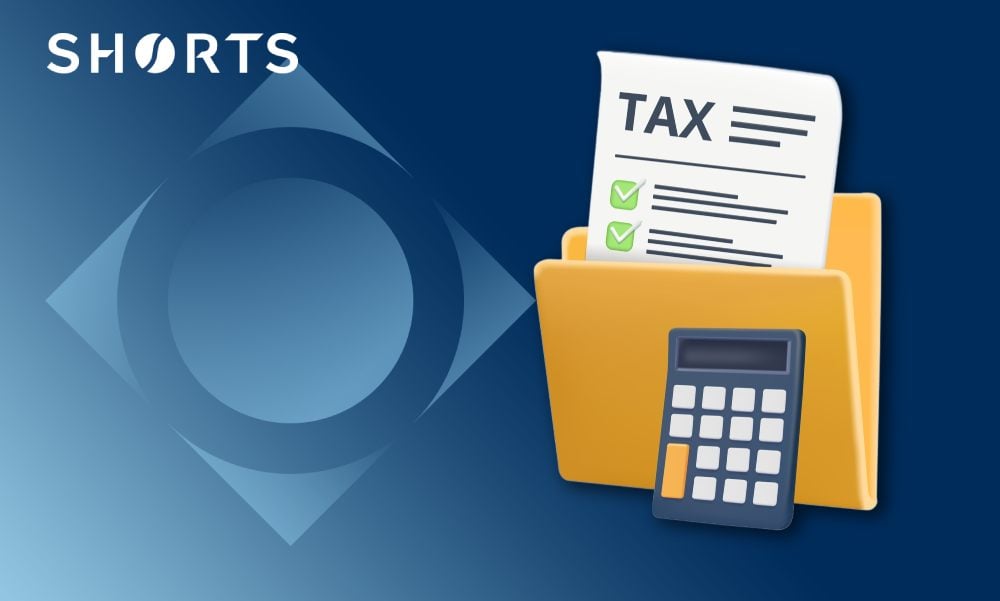The personal allowance is an income tax relief provided by the UK government. It represents an annual amount of income that an individual can earn tax-free.
This effectively reduces the individual's income tax burden by allowing them to keep a portion of their earnings before income tax is applied. The personal allowance acts as a threshold. Any income below this amount is not subject to income tax.
If an individual's adjusted net income exceeds a specific amount (currently £100,000), their personal allowance starts to decrease by £1 for every £2 of income above £100,000.
Income Tax Personal Allowances
| Income tax personal allowances |
£ |
| Personal Allowance |
12,570 |
| Marriage Allowance |
1,260 |
| Blind person's allowance |
3,130 |
|
Married couple's allowance (Either partner born before 6 April 1935)
|
|
| - Maximum reduction in tax bill |
1108 |
| - Minimum reduction in tax bill |
428 |
|
Married couple's allowance income limit
Reduce married couple's allowance by £1 for every £2 of 'adjusted net income' above this limit
|
37,000 |
Married couple's allowance
The married couple's allowance is an additional tax relief available in some countries for married couples or those in civil partnerships. It functions similarly to the personal allowance, offering a combined tax-free threshold for the couple's income. However, the availability and reduction rules for the married couple's allowance may differ from the standard personal allowance.
Marriage allowance
The marriage allowance allows individuals to transfer 10% of their personal allowance to their spouse, potentially reducing their overall tax liability. This is only available when neither individual pays income tax above the basic rate.
Couples already receiving the married couple's allowance are not eligible for the Marriage Allowance.


